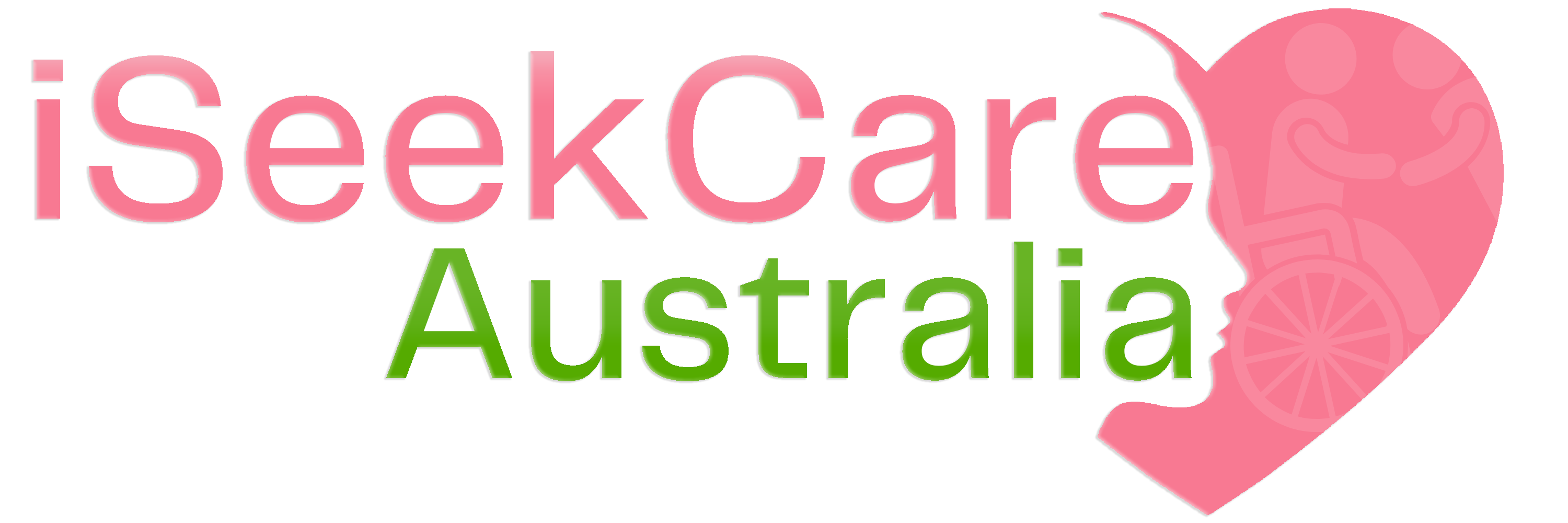Invisible Battles: The Emotional Journey of Living with an Invisible Disability
Living with a disability can be a challenging experience, but these struggles is often amplified when the disability is invisible. People who live with invisible disabilities face a unique set of challenges that can be emotionally taxing and frustrating. Invisible disabilities are conditions that aren’t easily seen by others, such as chronic pain, anxiety disorders, or hearing loss. It’s essential that people understand the emotional journey that individuals with invisible disabilities face with these conditions. In this blog post, we’ll dive into the topic of invisible disabilities and the emotional battles that come with them.

1. The Struggles with Society’s Perception:
Living with an invisible disability can often mean that people misunderstand the individual and don’t believe that they are genuinely struggling. Society tends to expect that visible disabilities have more significant impacts on people’s lives which is not valid. Those with invisible disabilities often feel ignored or dismissed. This perception can make the experience of living with an invisible disability even more challenging.
2. Mental Health Struggles:
Mental health challenges, such as depression and anxiety, can accompany invisible disabilities such as chronic pain or hearing loss. Dealing with the emotions that come with living with an invisible disability every day can be isolating, and finding support can be challenging. It’s essential that individuals with invisible disabilities get the right support to address their mental health challenges.
3. Ongoing Accessibility Struggles:
Living with an invisible disability can make it challenging to receive accommodations and accessibility. Many people only think of physical disabilities when it comes to accommodations, but invisible disabilities can be just as disruptive to daily life. Some accommodations that individuals with invisible disabilities may require to ensure that their lives are not challenged in daily activities include communication devices and priority seating services.
4. Stigma and Discrimination:
Unfortunately, people with disability face stigma and discrimination in our society. Invisible disability can make the experience of stigma and discrimination even worse. Many people believe that people with invisible disabilities are faking the extent of their conditions. It’s challenging to fight against such stigma, which can result in people living with the fear of being exposed.
5. Coping Strategies (Struggles):
Living with an invisible disability can feel lonely and isolating, but it’s essential to find ways to cope. Many individuals find that opening up about their struggles can help them find support from friends, family, and colleagues. Self-care strategies such as mindfulness, positive self-talk, and relaxation techniques can also help manage the emotional impact of living with an invisible disability.
Conclusion:
Living with an invisible disability is often an emotional journey that is not visible to those around us. It can be hard to find the support you need to manage the challenges that come with living with an invisible disability. People need to recognize that invisible disabilities are genuine, and people with these disabilities require support and accessibility. We hope that this blog post helps to create awareness about invisible disabilities and the emotional journey that comes with them.



